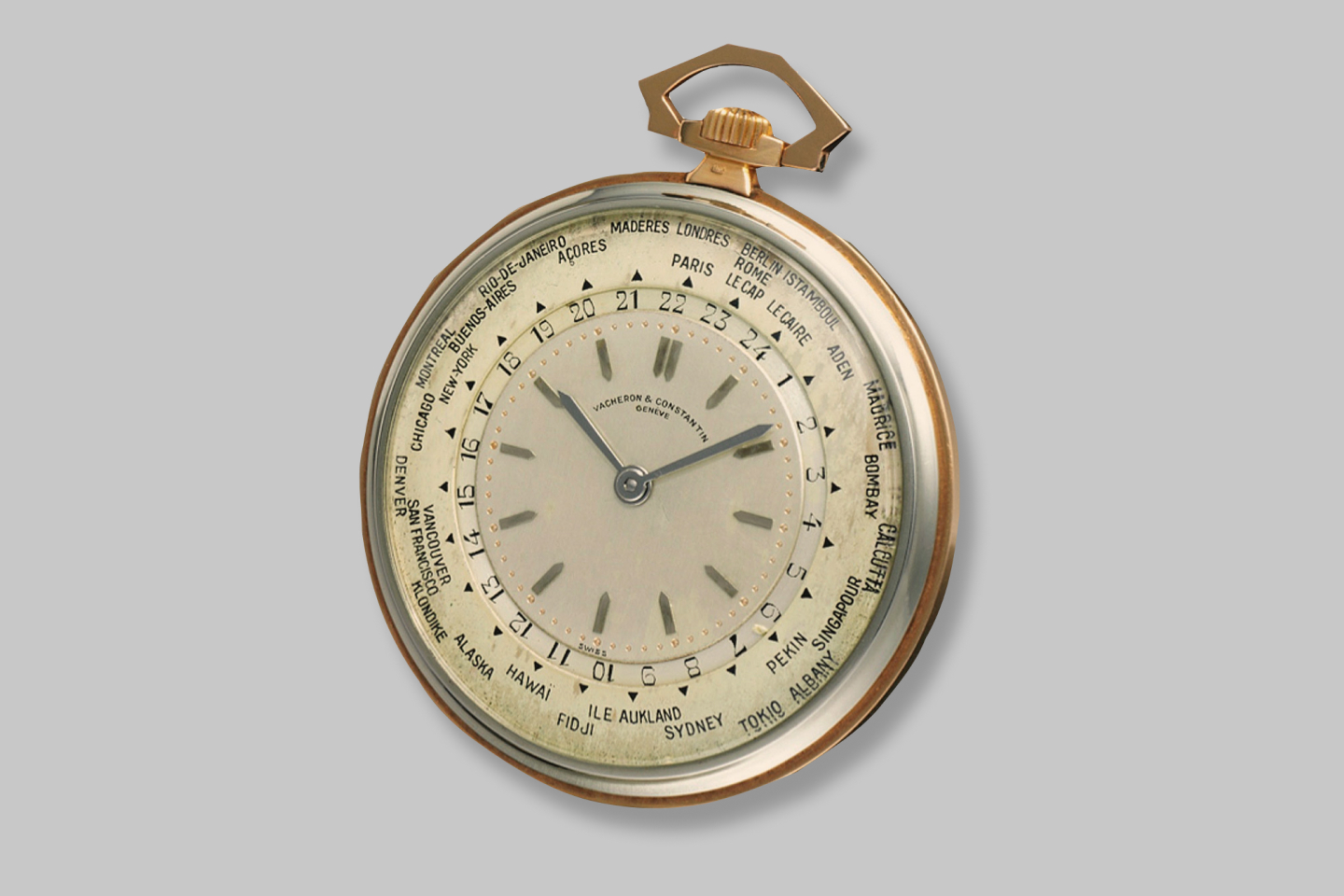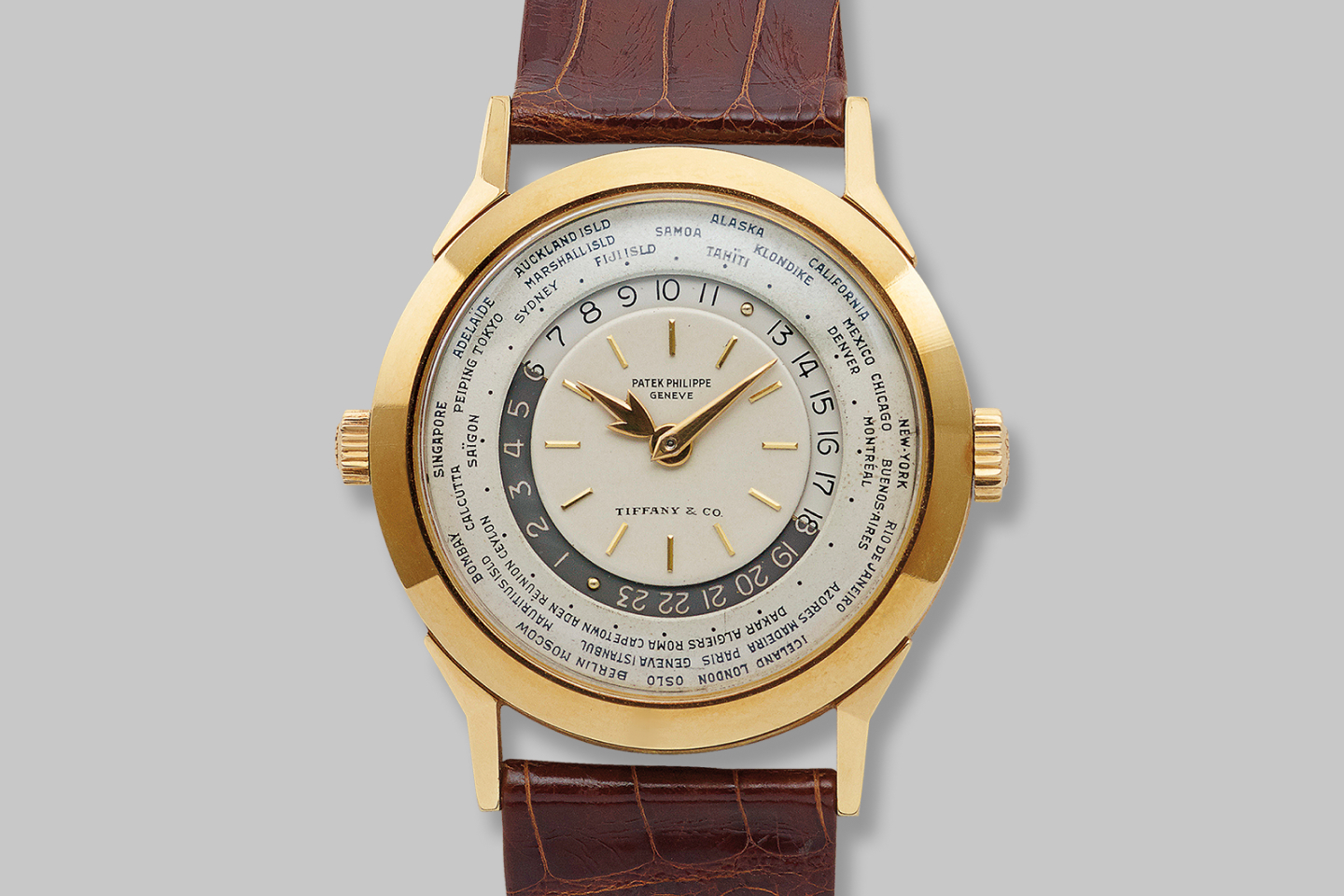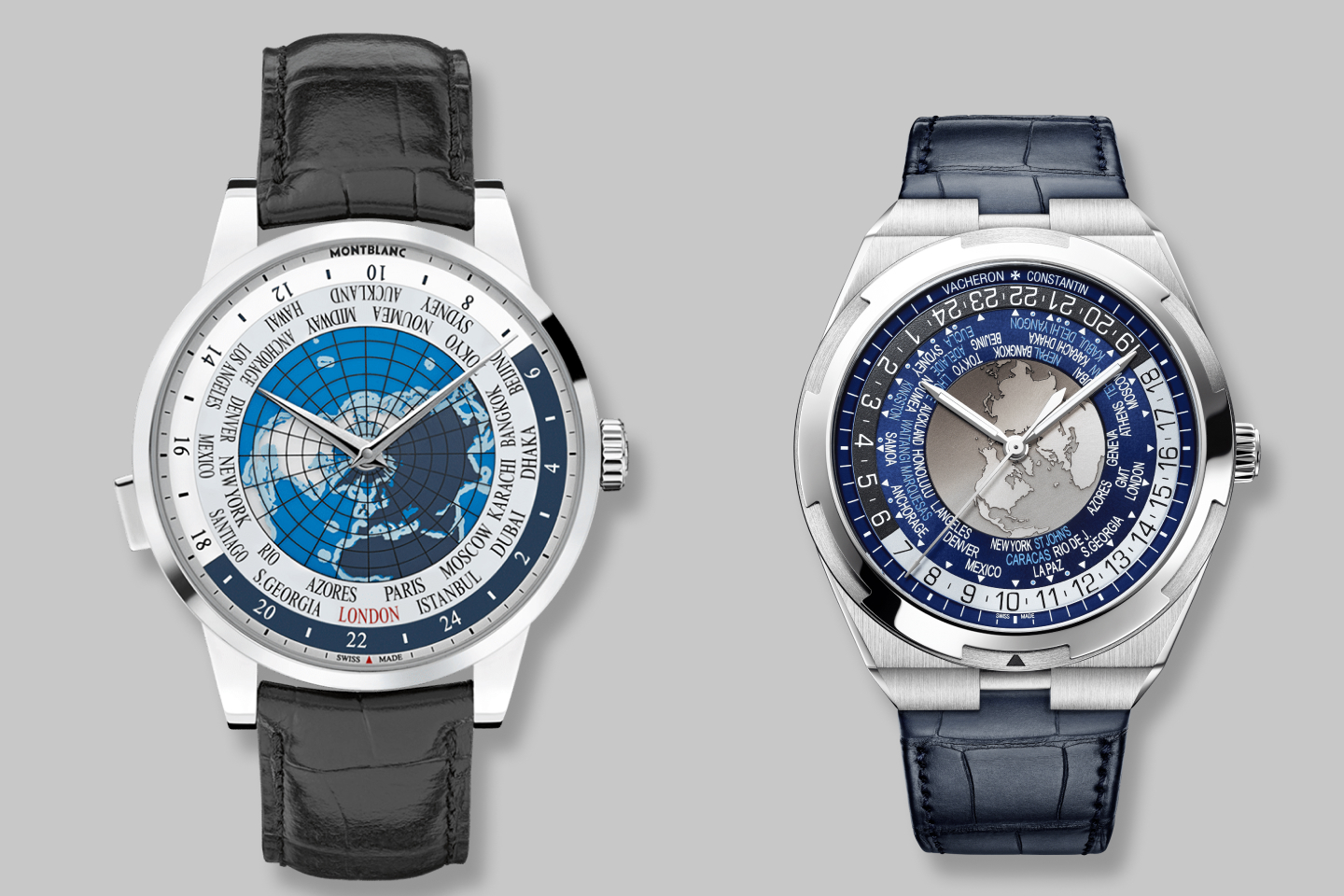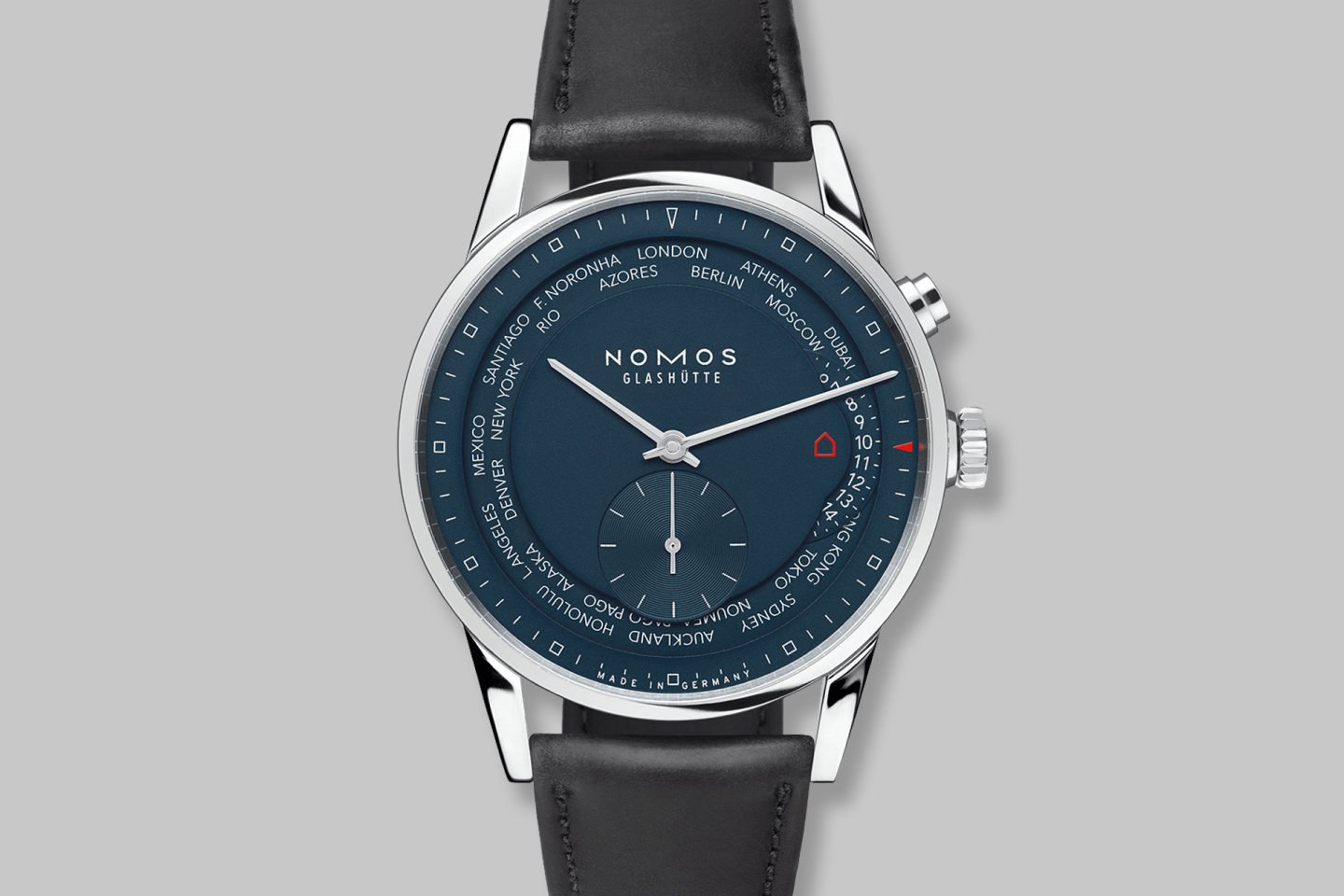
The history behind the World Time face for Apple Watch
9 min read Nov 4, 2021
The Apple Watch was met with a wide range of responses at launch. Some saw it as merely a gussied up fitness tracker. Others saw it as a threat to the entire Swiss watch industry.
Regardless of what you think of the Apple Watch, one thing is true. In the seven years since its launch, it has proven itself as one of the most influential devices of our time. Like most Apple products, it’s not one killer feature that makes it so good. Instead, the Apple Watch is a careful balance of design, technology, usability, personality, and history. That last facet, history, is what we’ll be talking about today.
Apple has continued to raise the bar by cramming in more and more hardware every generation and crafting software that makes the watch more useful. Similarly, they have continued to invest in things that connect the Apple Watch to the long lineage of mechanical watches — case materials, strap designs, and watch faces.
In my piece earlier this year, I took you on a tour across Apple Watch faces that are inspired by actual mechanical watches. Today we have yet another to explore — The World Time face.
When I first saw it, I noticed how dense it looked. Some of the other watch faces are easier on the eye. For example, one could easily wear the GMT watch face without noticing how the GMT complication works. The World Timer, on the other hand, is very noticeably not an ordinary watch face.
Furthermore, this is a watch face whose history is tightly linked to something fundamental yet critical, the invention of time zones.
Before world time
Tracing world time watches back through history to the beginning, we find ourselves in Ireland in 1876. Sandford Fleming, a Scottish Canadian engineer, and inventor missed his train because every stop along the way had its own arbitrarily chosen time[1]. Long transcontinental train rides were a hassle. At best, travelers had to reset their watches frequently. At worst, they missed train transfers as Fleming did.
In response, Fleming proposed a new single 24-hour clock to be used across the whole world. Of course, his proposal for a single clock was never accepted, but the essence of his idea made its way into the modern conception of Universal Time.
On October 22, 1884, the International Meridian Conference chose the time at the Royal Observatory at Greenwich as the reference time for the new global standard since most nautical maps used it as their prime meridian. Then time zones were chosen every 15 degrees in either direction.
The following year, Fleming approached Emmanuel Cottier, a renowned Swiss watchmaker, with the task of creating a new watch movement that could show the time at each of the twenty-four time zones. While Emmanuel started a concept, he wasn’t able to realize a working example[2].
The Heures Universelles
Even though Emmanuel ultimately failed at creating a world time watch, his son Louis took up the challenge. He was a talented watchmaker in his own right, apprenticing at and winning awards from many top Swiss watchmakers.
In 1931, he revealed the “Heures Universelles,” meaning “world time.”[3] The concept is quite simple in comparison to previous attempts. At the center lies a static dial with a standard hour and minute hand. Around that dial rotates a ring divided into the twenty-four hours of the day. The ring travels counter-clockwise twice as slowly as the hour hand, making one revolution a day. To read the time in a different time zone, one needs to find a city corresponding to that time zone on the stationary chapter ring and the matching time on the twenty-four-hour ring.
 One of the earliest world timers, the
Vacheron Constantin ref. 3372
One of the earliest world timers, the
Vacheron Constantin ref. 3372
The one big downside of this design is that the cities are printed on a stationary ring. If the wearer wanted to change their local time to a different time zone, then a watchmaker would have to rotate the city chapter ring so that the appropriate time zone is pointed at 12 o’clock.
Over the decades, Cottier continued to develop new world time movements for brands like Patek Phillipe, Vacheron Constantin, and Rolex.
Second crown / adjustability
In 1953, Patek Philippe released the Reference 2523 world time containing Cottier’s caliber 12-400 HU[4]. The key innovation that this watch brought is flexibility. The cities, which were initially on a stationary chapter ring, were moved to a rotating ring. A second crown at 9 o’clock allowed the user to change the local timezone without the help of a watchmaker.
 Patek Phillipe ref. 2523
Patek Phillipe ref. 2523
Nearly half a century later, in the year 2000, Patek Phillipe finally brought out yet another iteration on their world timer. The reference 5110 replaced the crown with a pusher that advanced the city ring by one time zone with every push[5]. This pusher mechanism has now propagated to watches from other makers as well.
 Patek Phillipe ref. 5110
Patek Phillipe ref. 5110
World time capsules
What makes world time watches so fascinating is that they are snapshots of the time they were created. Cities have changed names, and time zone boundaries have been redrawn over the decades. Justin Mastine-Frost wrote the following for WatchBox[6]:
Ceylon, Bombay, and Calcutta have all been renamed as Sri Lanka, Mumbai, and Kolkatta, respectively as means of brushing off their colonist roots. There are also time zones that have shifted over the years, in particular Madeira in Portugal is now aligned with London as GMT +1, and Adelaide and Sydney, Australia are now only a half hour apart, marking GMT +9.5 and GMT +10.
One may see this as a fault with the world time complication. Every change makes all world time watches till that point obsolete. At the same time, this feature makes world time watches valuable as artifacts of human history. The city dial also offers a chance for some personality. For example, a German watchmaker may use Berlin in place of the more customary Paris.
World timers today
In the century since the debut of the Heures Universelles, watchmakers have made a wide array of different variations on the same basic concept. Many watches feature a world map centered on the north pole on the local time dial. Though, Montblanc has made a watch featuring the south pole instead.
 Montblanc Timewalker
World-Time Southern Hemispheres
Montblanc Timewalker
World-Time Southern Hemispheres
Vacheron Constantin and Montblanc have taken the map concept one step further by using multi-layer dials with rotating elements to overlay night and day on the map.
 Montblanc ref. 112308 and Vacheron
Constantin ref. 7700V/110A-B172
Montblanc ref. 112308 and Vacheron
Constantin ref. 7700V/110A-B172
Nomos took inspiration from world-timer watches with the beautiful Zürich world time. While it has a ring of cities around the dial, don’t be fooled. Since it lacks the twenty-four-hour ring, it’s technically a GMT capable of only tracking the time in two time zones at once.
 Nomos Zürich world time
Nomos Zürich world time
Apple’s World Time face

watchOS 8 (2021)
Apple Watch SE, Apple Watch Series 3, and later
Like other Apple watch faces, the World Time face takes the concept from a mechanical watch and combines it with functionality only possible on a digital display. One of the most apparent differences is that the words are all right side up. On mechanical watches, half of the cities and hours are always upside down.
Similar to Cottier’s original world time watch, there is a ring of cities around the edge. While this ring may seem stationary, offering no way for the user to adjust it, it’s actually dynamic. If you travel to another time zone, it will automatically rotate the ring to line up your local time zone with 6 o’clock.
Within that ring sits the twenty-four-hour ring, traveling counter-clockwise once a day. At first glance, the most significant differences compared to analog watches are the sun and moon icons indicating sunrise and sunset, respectively. In mechanical watches, the sun and moon are fixed. On the Apple Watch, they move to reflect seasonal shifts to sunrise and sunset. These icons offer a few more data points but do have the cost of obscuring the exact time at two timezones.
This gets interesting with the Apple Watch because the hour markers on the ring are not fixed. Due to daylight savings time, adjacent time zones will often have the same hour for some of the year. As I write this, that is currently the case for Paris and Cairo, Auckland and Samoa, and New York and Caracas.
Within the hour ring is the map and the local time dial. There are two variations of this. A standard analog display has a minute, hour, and sweeping second hand. A digital display shows hours and minutes as numerals and seconds as animated pips surrounding the dial.

Like the Vacheron Constantin and Montblanc watches I mentioned before, the map shows the dark and light areas of the world. Unlike those mechanical watches which use a simplified straight line, this map shows the exact curved line dividing the lit and dark sides of the earth.
You may have also noticed that the map is centered on the north pole as traditionally done. Unfortunately, there is no variation centered on the south pole for people in the southern hemisphere.
Fortunately, Apple does have a trick up its sleeve that makes the face a bit more interesting. If you tap the face, the globe smoothly rotates to center on the city that corresponds to your location. For me, that is Los Angeles. To some, it may seem like a gimmick. To me, it’s a reminder that this isn’t just a watch but a piece of technology.
What could be next
With the World Time face, Apple has added yet another famous watch complication to its list of watch faces. Each offers a bit of customizability and strengthens the link between the Apple Watch and traditional mechanical watches. I’ve undoubtedly been enjoying the little details and easter eggs it hides.
My question is this. What’s next? Perhaps we’ll see an addition to the astronomy faces like a zodiac face or an astrolabe face. Maybe we’ll see a 24-hour face.
Whatever may be next, I know it’s going to be good.
- The History of the World as told by World Time Watches · Deployant ↩︎
- A guide to: the World Time Complication · David Duggan ↩︎
- A guide to: the World Time Complication · David Duggan ↩︎
- The History Of Patek Philippe World Timers · WatchBox ↩︎
- The History Of Patek Philippe World Timers · WatchBox ↩︎
- The History Of Patek Philippe World Timers · WatchBox ↩︎
Thanks to Q for reading drafts of this.